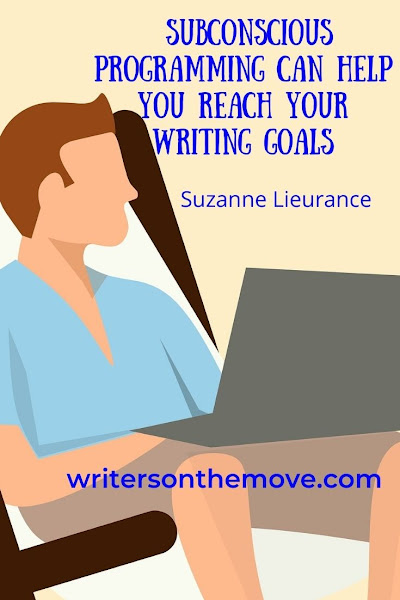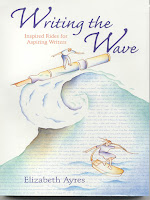by
Suzanne Lieurance
When you have
big writing goals you wish to reach, your conscious mind is usually onboard with these goals, no matter what they might be.
Your subconscious mind, however, might need some convincing.
And it's actually your subconscious mind that steers the ship, so to speak.
In her book
Thinking Write: The Secret to Freeing Your Creative Mind, Kelly L. Stone says we all have the power to program our subconscious mind to get what we want.
She even says there's a formula for this.
The formula is:
genuine intention + repetition + burning desire = subconscious programming
Let's take a closer look at the first element in this formula—
genuine intention.
We all have thousands, if not millions, of thoughts each day.
If we acted on each and every one of these thoughts, we could end up in a real mess.
Fortunately (for us), in order to make something happen we first have to convince ourselves at a subconscious level that we really
want it to happen.
So how
do we convince ourselves at this level that we
really want something to happen—that we have a
genuine intention?
Well, by taking baby steps.
By breaking down our larger writing goals into a series of smaller, more easily attainable writing goals.
Here's an example.
If you tell yourself—
I want to write a book—that will seem too overwhelming to your subconscious mind, and it will react with a thought like—
Yeah, sure you do. You've said that before, and you've NEVER written a book. You can't write a book. It's too difficult.
But, if you tell yourself—
I'm going to write just one page every day and see if I can make it into a book—then your subconscious mind says—
Okay. Go ahead. You can do that.
Once you start writing a page a day and you continue doing that for a while, you begin to convince your subconscious mind that you can do something even more difficult, so you raise the bar.
You start writing three pages a day, for example.
So, here's how to start programming your subconscious mind, so you eventually reach your writing goals.
Today, just follow these three steps:
Step One
Be sure you've set a
genuine intention for the day.
That is, you really
do want to accomplish what you
say you want to accomplish today.
For example, it really matters to you that you get that next chapter of your novel written or that short story started.
Step Two
Make sure today's writing goal is just a baby step to a larger, more lofty writing goal.
That is, it is something you
know you can accomplish.
Don’t tell yourself you’re writing a novel, for example.
Tell yourself you’re writing the first scene of chapter one.
Step Three
Now, get to work on whatever it is you have a
genuine intention to accomplish today.
That's it.
Try it!
For more writing tips and resources for writers, visit
writebythesea.com, and don't forget to get your free subscription to
The Morning Nudge!
Suzanne Lieurance is the author of over 40 published books and a writing coach and certified life coach.


















